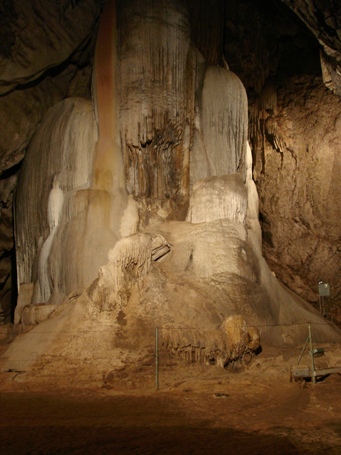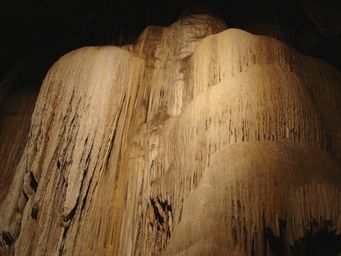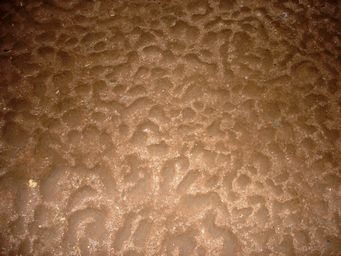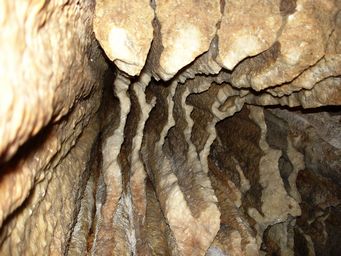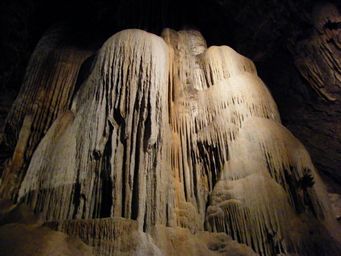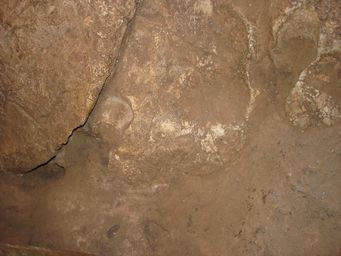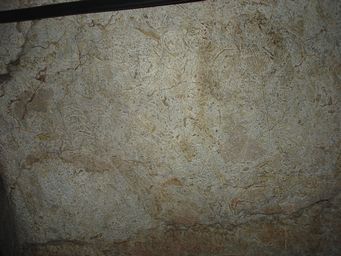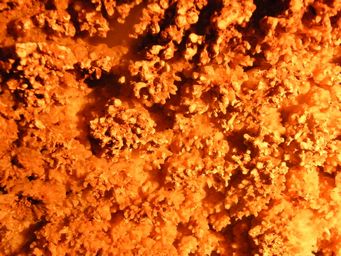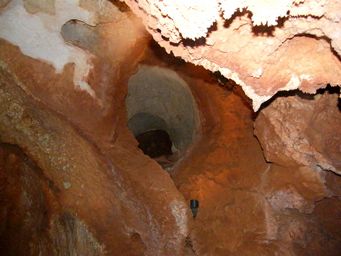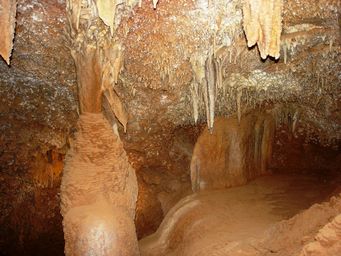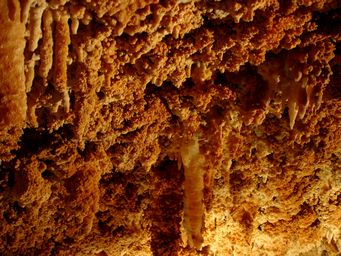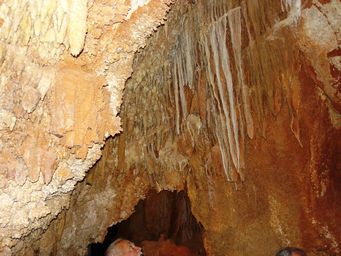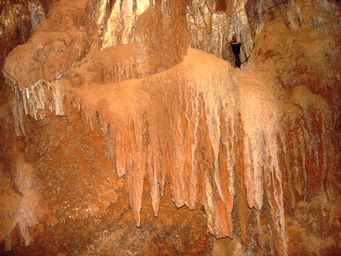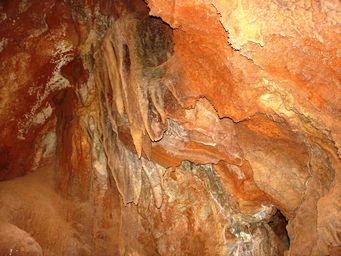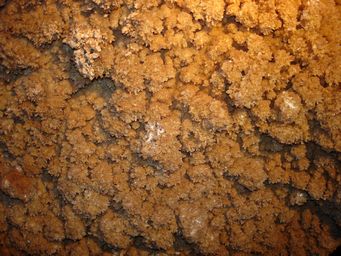Australia So Much to See
Wellington Caves, New South Wales
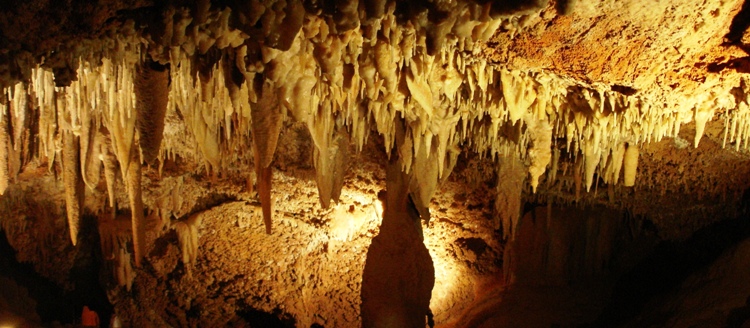
Wellington
Caves are rich in Devonian marine fossils, and many types can be seen in the rock walls below.
Cathedral Cave is a relatively dry cave, with only a few stalactites still dripping. In a wetter past, some very large stalagmites have been formed, such as the fifteen metre high stalagmite with a 32 metre circumference, being one of the largest stalagmites in the world.
The cavern, featuring this huge ‘altar’ has been used as a wedding venue and for church services. On a section used as a ‘pulpit’, a bible left open has been calcified with limestone deposits.
Wellington Caves Reserve was created in 1884 to prevent unauthorised access and vandalism in the caves. There are over forty
caves in the reserve, with only three being open to the public.
A package ticket for all three caves can be purchased. All are different and all worth touring.
Wellington Cave Reserve is seven kilometres south of Wellington via the Mitchell Highway,
plus a one kilometre drive west to the complex.
Gaden Cave, with fine stalactites, shawls and ‘cave coral’. These delicate structures were formed in a wetter environment that in
the drier Cathedral Cave, but is now dry. The Gaden Cave was discovered in 1902, and developed in 1909.
A stalactite and a stalagmite have joined to form a column (at right).
